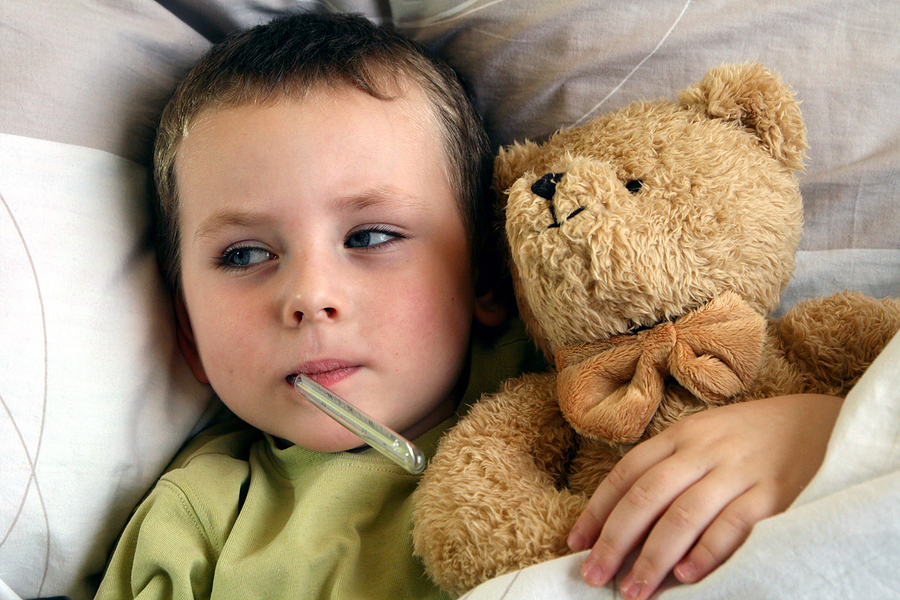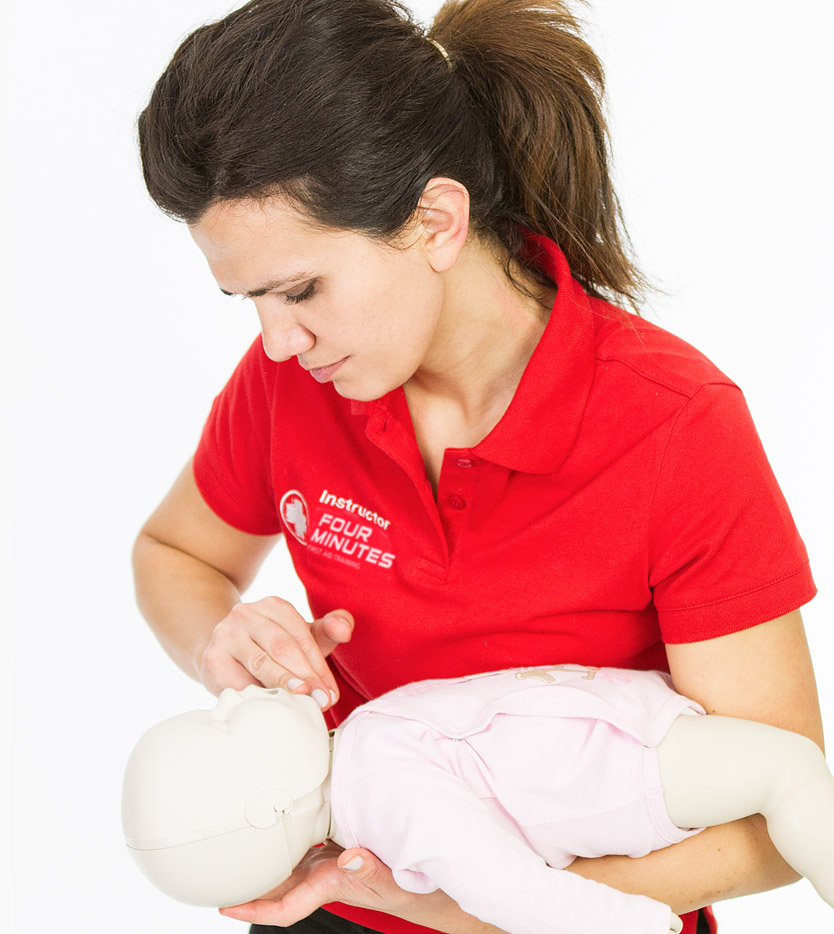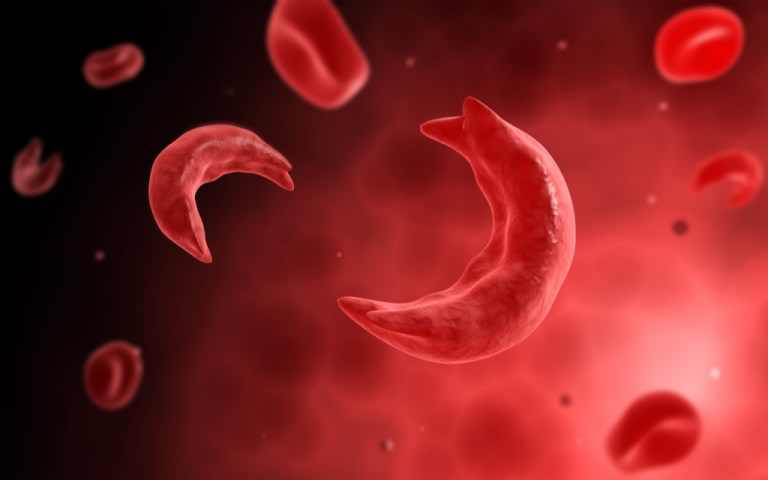Statistics show that choking is the leading cause of death in infants under the age…

The sight of your child having a fit or seizure can be very frightening, but it’s not uncommon when a child has a high temperature and it’s called febrile convulsions or febrile seizure.
A febrile convulsion is a fit or seizure caused by a fever. Sudden and high temperature changes of above 38°C are usually a sign of infection somewhere in the body and mainly caused by a virus or bacteria and this can cause febrile convulsions.
Febrile convulsions usually happen between the ages of 6 months and 3 years and approximately 3 in every 100 children will have at least one febrile convulsion. Febrile convulsions can be very stressful for parents, especially as they appear similar to epileptic fits.
Febrile convulsions can happen as a result of any illness that causes a high temperature, particularly in children under the age of 4. Illnesses that most commonly cause febrile convulsions include viral upper respiratory infections such as flu, ear infections, or roseola (a virus causing a temperature and rash).
- Children who have frequent illnesses and infections are also more likely to have febrile convulsions. Febrile convulsions may happen between 8- 14 days after a vaccination (such as MMR). However, far more children have febrile convulsions as a result of measles itself
- A febrile convulsion may be the first sign that a child has a fever. It is important to find out what illness is causing the fever, as soon as possible after a fit. As there is a small chance that the cause could be meningitis. It is most common in children who are under 1 year old and who do not return to normal when the fit is over. Very few children have more than 3 febrile convulsions.
- Children are more likely to have further fits if the first was when they were very young, or if the child has a close relative (such as a parent or sibling) who had febrile convulsions. There is a slightly higher risk that they will go on to develop epilepsy but this is very rare.
- Febrile convulsions usually last less than a minute, but they can continue for up to 5 minutes. They usually happen on the first day of an illness and do not always happen when the child’s temperature is hottest. In fact, a febrile convulsion is sometimes the first sign that the child is ill.
Convulsions do not usually last for more than 5 minutes and the child makes a full recovery. Symptoms however can include the following:
- Child looks hot and flushed, because of their temperature.
- Dazed or confused and black out (lose consciousness). At this point they may fall down if they have been sitting or standing.
- Child’s muscles tighten and this may cause them to moan or cry out.
- May stop breathing (usually for around 30 seconds) and their face may turn blue.
- Muscles in the arms, legs and face, and other parts of the body, twitch and shake.
- The child may be flushed and sweating with a very hot forehead.
- May stiffen and arch their back.
- Fists may be clenched.
- Many children also lose control of their bladder or bowel.
- They often fall into a deep sleep afterwards.
It’s worth keeping in mind that the seizures are usually harmless and most children make a full recovery afterwards but it’s important to get your child checked. Always report a seizure to your doctor.
What should you do if your child is having a febrile convulsion?
If your child is having febrile convulsions you need to put them in the recovery position but do not restrain them. Make sure there is nothing close by that they can hurt themselves with. Don’t put anything in your child’s mouth during the seizure. Cool the child by cooling the room and loosening the child’s clothing. DO NOT cool the child by sponging or bathing. Make a note of how long the seizure lasts.
If a child has a high temperature, regular doses of child paracetamol (follow guidelines on packaging) can help bring this down and avoid seizures.
You need to call for EMS:
- if your child if this is the time he or she has had a fit just as a precaution.
- if the seizure lasts longer than five minutes.
- if you think the seizure is being caused by another serious illness such as meningitis.
- if your child is having breathing difficulties.
In the Four Minutes 12 Hour Care for Children first aid training course we teach you how to recognise and deal effectively with febrile convulsions. It also covers understanding, treatment and assessment of illnesses such as Meningitis, Febrile Convulsions and Sickle Cell Disorder.


